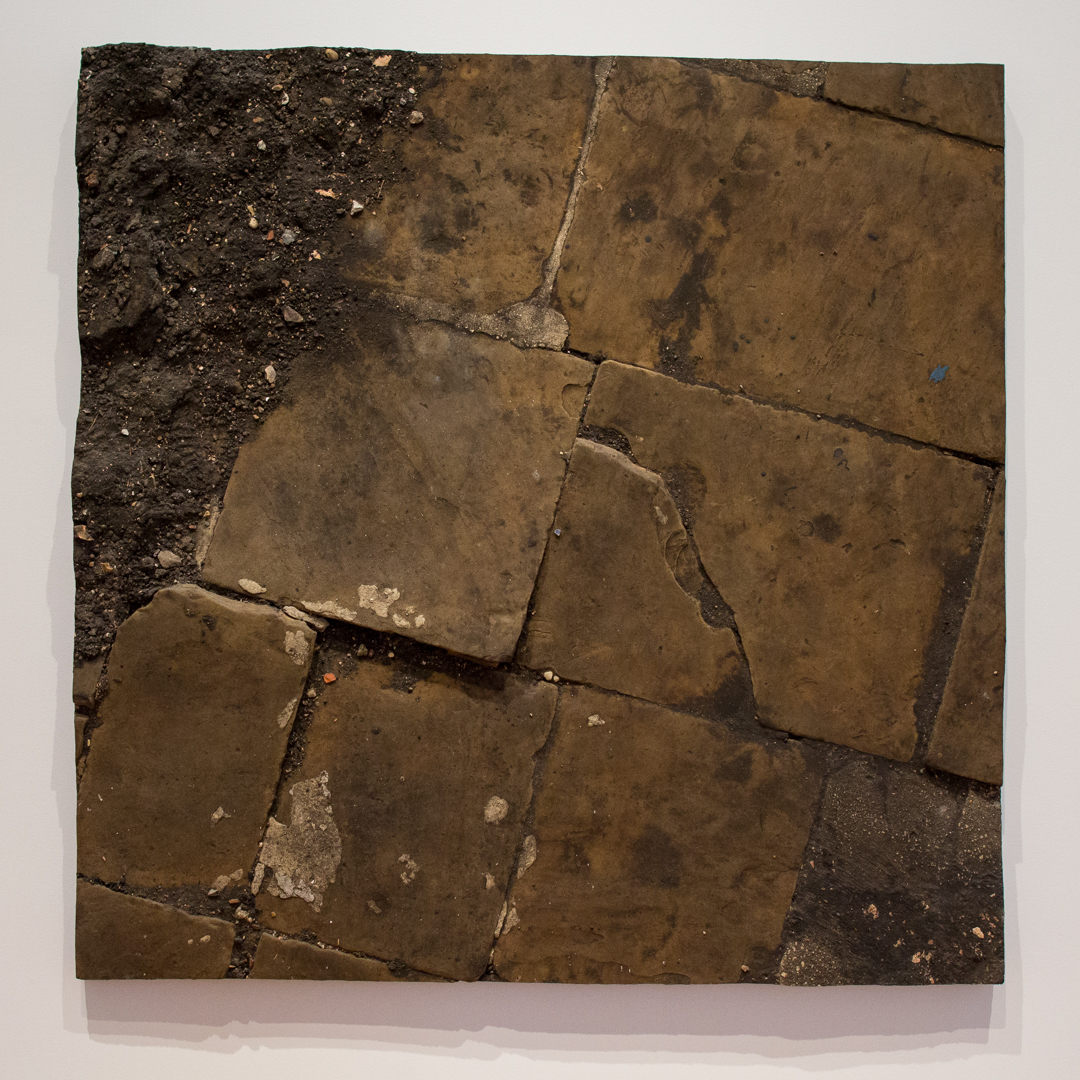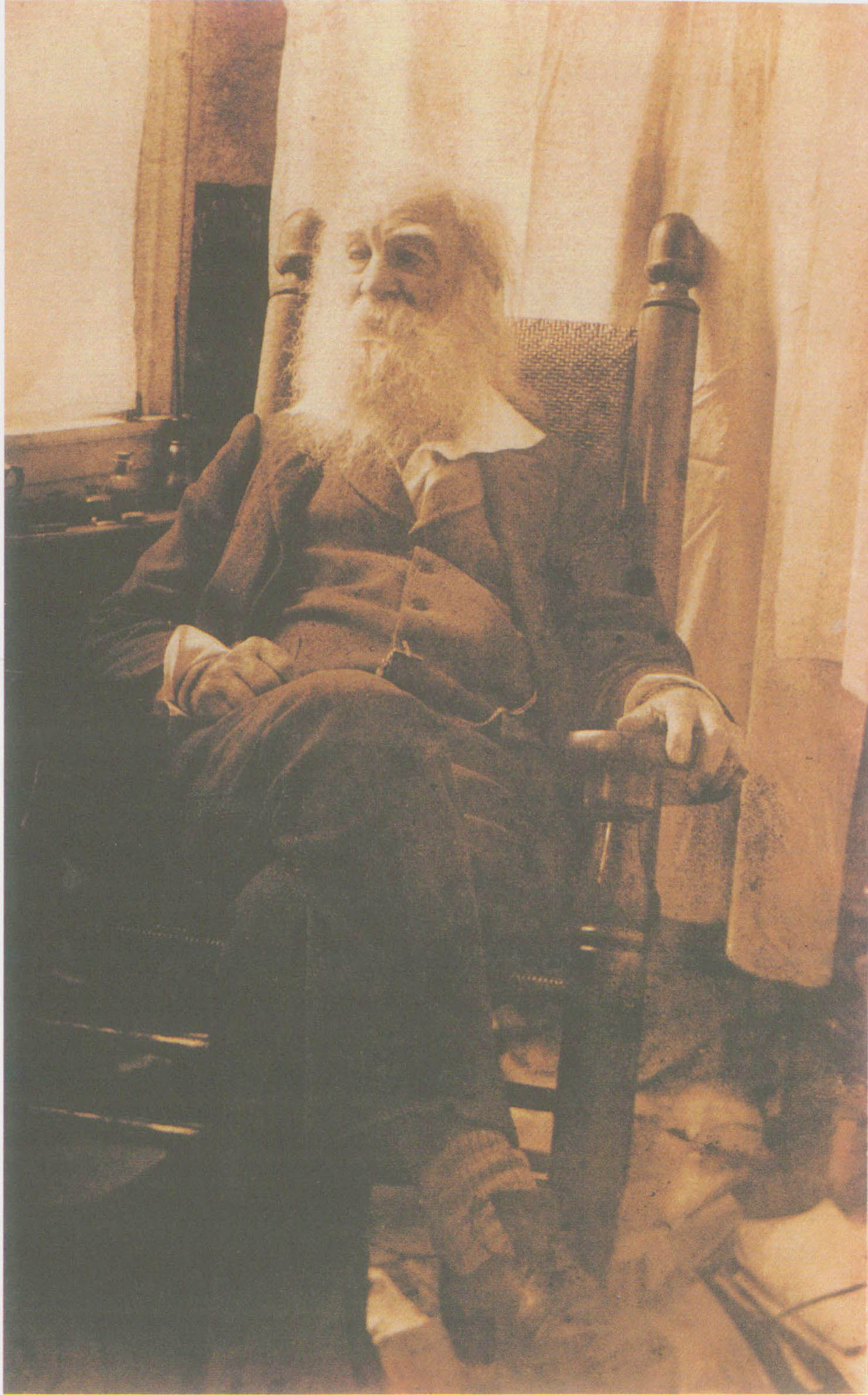Object of the Week: Stone Pavement with Earth
Afoot and light-hearted I take to the open road,
Healthy, free, the world before me,
The long brown path before me leading wherever I choose.
– Walt Whitman, Song of the Open Road
Imagine being blindfolded and asked to throw a dart at a map to determine the trajectory of an artist’s work, sending them virtually anywhere in the world. Your dart then sets in motion a series of events that drive the artist to choose a completely random site from which an artwork is fabricated. Now, imagine that this artist is not just one, but four people, and that the four collaborators are in fact a family. This ambitious project—titled World Series—was initiated by Boyle Family (Mark Boyle, Joan Hills, and their children Sebastian and Georgia Boyle) as part of their 1968 exhibition Journey to the Surface of the Earth.
It is, no doubt, an involved process that led to the creation of the pictured piece, Stone Pavement with Earth (1973–77). Upon arriving at the selected location—chosen at random by friends and visitors to the 1968 exhibition—this specific six-by-six foot site was determined by throwing a carpenter’s right angle and seeing where it landed. From there, Boyle Family cordoned off the area and recorded it with resin and paints, incorporating whatever material and visual information was on the site—in this case: York stone, earth, and other debris (my favorite area is the footprint). The work evades clear definition. Situated somewhere between painting and sculpture, it also flirts with photography in the way it accurately documents the topography of its original location, a mix of the natural and the man-made. Add to this the performative, experiential, and democratic element of the World Series project, and you can perhaps see why Boyle Family is celebrated for their unique combination of Dada, Fluxus, and conceptual strategies.1
Ultimately, what begins as a chance encounter turns into an attempt to objectively capture and represent the world as-it-is. I know what you’re thinking and, yes, it is an impossible task, but a task, I believe, that is willfully impossible. Exactly 1,000 random sites were selected for World Series—some more accessible and likely to be recorded than others; however, this quasi-scientific project, as David Thompson suggests, is less about highlighting the infinite scope of our world, and more about “the limits of man’s capacity to see it.”2 Presenting viewers with largescale fragments of our environment, Boyle Family takes on ideas of assemblage and the readymade, turning the very world in which we live into art. We just have to look closely.
– Elisabeth Smith, Collections Coordinator

